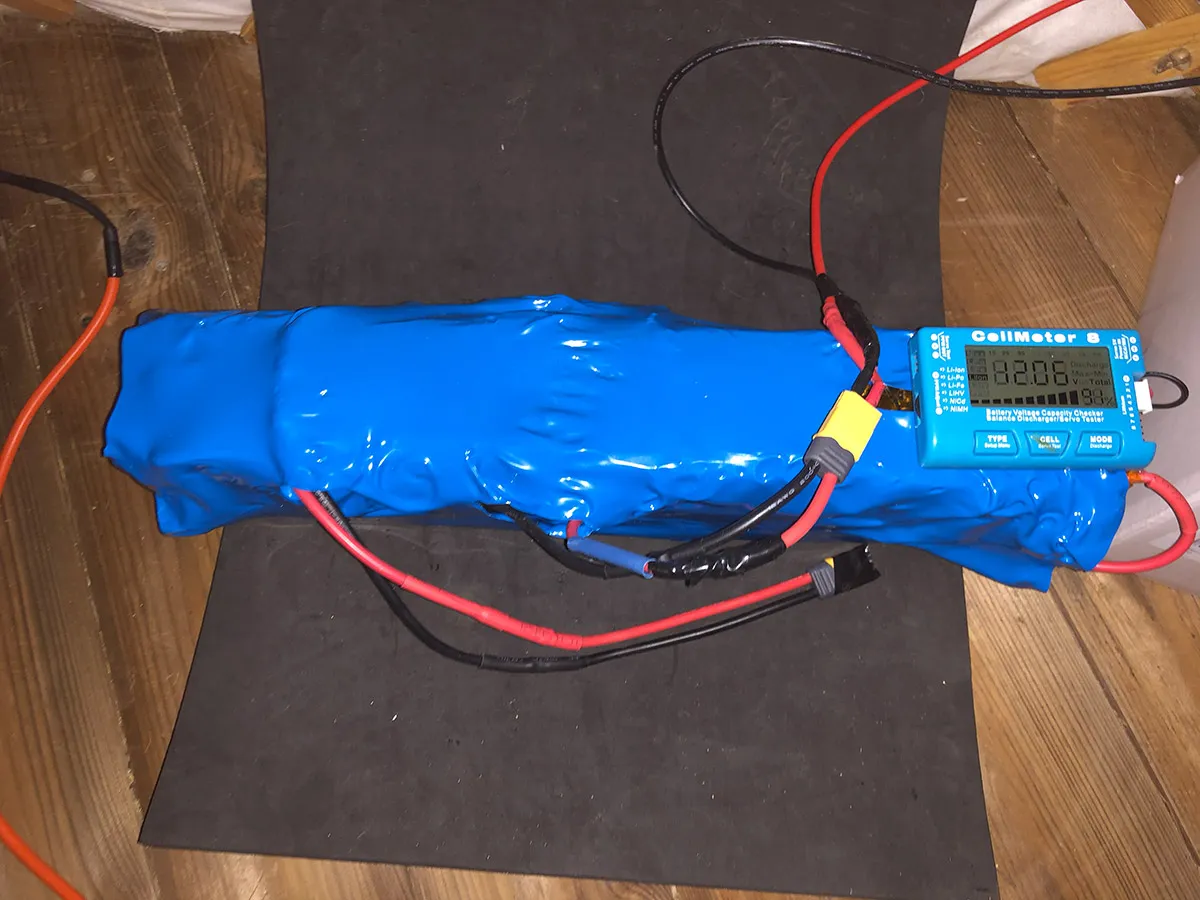
Hey everyone! Some of you may have spotted a video and some posts a while back about me making a lithium ion battery back. Think of it like a small Tesla power-wall! Thinking back to the very start of this idea, it has been a huge journey of research. learning, and finally doing it! Let me say that at times this has been one of most scary things i have done in a Very long time. It is SO easy to cause these packs to catch fire or even explode if you make any kind of mistake whilst you make them. Even just fumbling and dropping a bit of metal in the wrong spot can be a fatal move! In fact i did have a few sparks on one occasion which definitely caught my attention!
Safety was always the #1 priority and i made sure to watch many hours of YouTube videos to make sure i really understood the whole process. Everything had to be right, and im not a trained electrician by any means! I have learned on the job, as always, and by the end of my research i was pretty confidant that i had done everything to a decent level of safety! IT is working now and powering my laptop and fan and that is amazing to see!
You may ask, why make a battery pack like this instead of just using normal lead acid batteries that have been the normal for off gridders for many years. The simple answer is that they are terrible, expensive, have a short life and if you drain them too much (which always happens somehow), they can get badly damaged beyond repair. They are also huge and heavy and a real challenge to move about.
If you are technical minded then here are a few details about this battery pack.
Battery Cells: NCR18650GA 10 AMP 3500mAh
3 Cells in series, 17 cells in parallel.
Nominal Voltage of pack: 11.V
Capacity: 700 Watts Apx
There are different ways to configure these batteries. I chose to connect them in a series of 3 rather than 4. This means that the overall voltage is quite low compared to normal 12V off grid solar powered systems. To compensate for this i have also chosen a solar charge controller and inverter that will run even at very low voltages of 9Volt. I have also configured my charge controller to stop charging at 12.4 volts rather than 12.6. By charging the pack 10% less than completely full it should prolong their lifespan by a factor of 2. Therefore i hope that this pack should last around 8 years, and even then it will still have 80% of its capacity. Who knows how long it will really last, and right now im more concerned with how much power they really can deliver, and how many hours my fan and laptop will last on one charge! Lets see, so far so good and no explosions! ;-) In theory it can hold 700 watts, which is enough to power them for many many hours!
So this mission is accomplished. I am thinking about making more of these, but i have to say that the stress of making them and having to absolutely sure they are perfect is a bit heavy Making a battery fire anywhere is bad enough, but doing it in my location where fire risk is a big issue for the entire area!
Once ive seen it run for a few days, and kept an eye on it, I will isolate it in a small tyre walled battery room just outside the yurt. That should be enough to contain anything if it should happen, without burning the Yurt down!
SO thanks for stopping by. If you have any questions about this please do let me know. You can of course buy lithium ion power packs, but they do cost quite a lot.
Here's some pics of the battery as I was building it
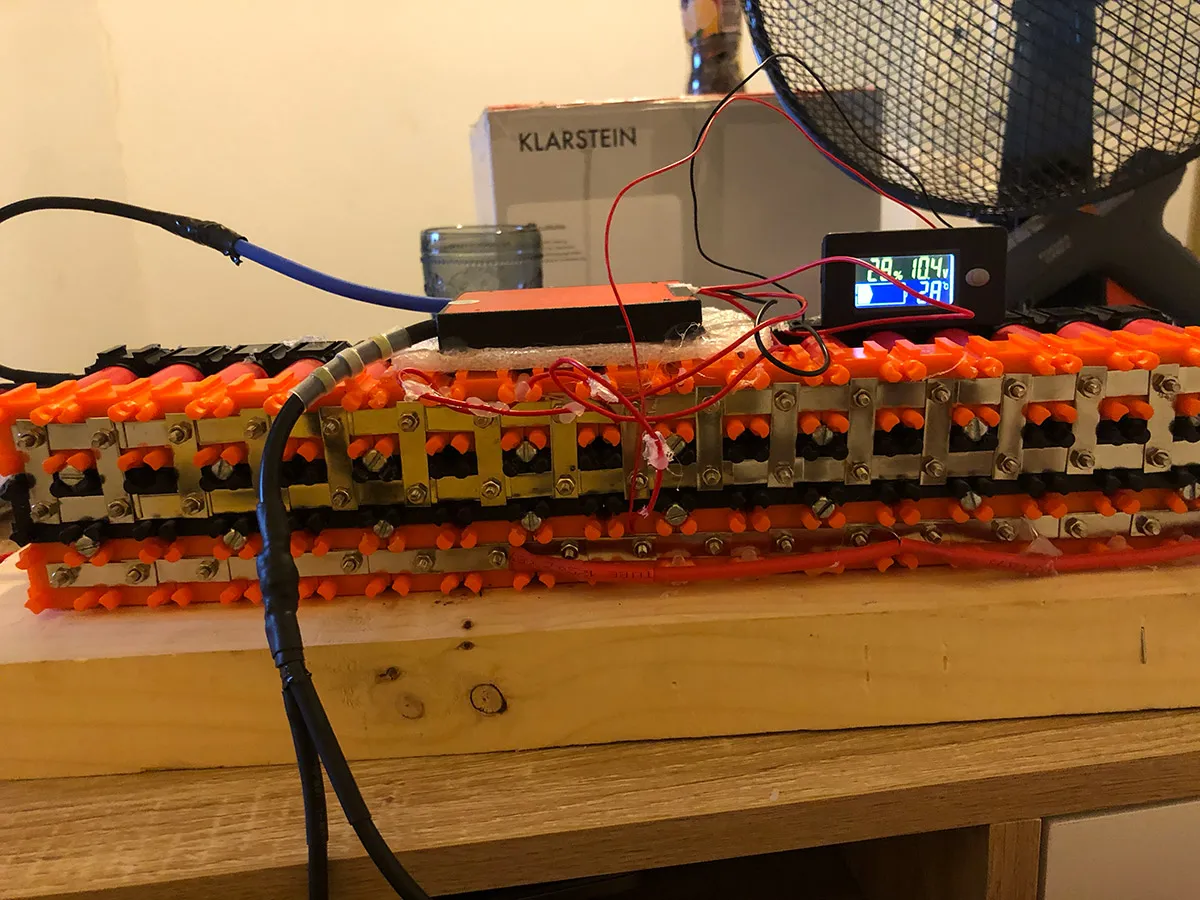
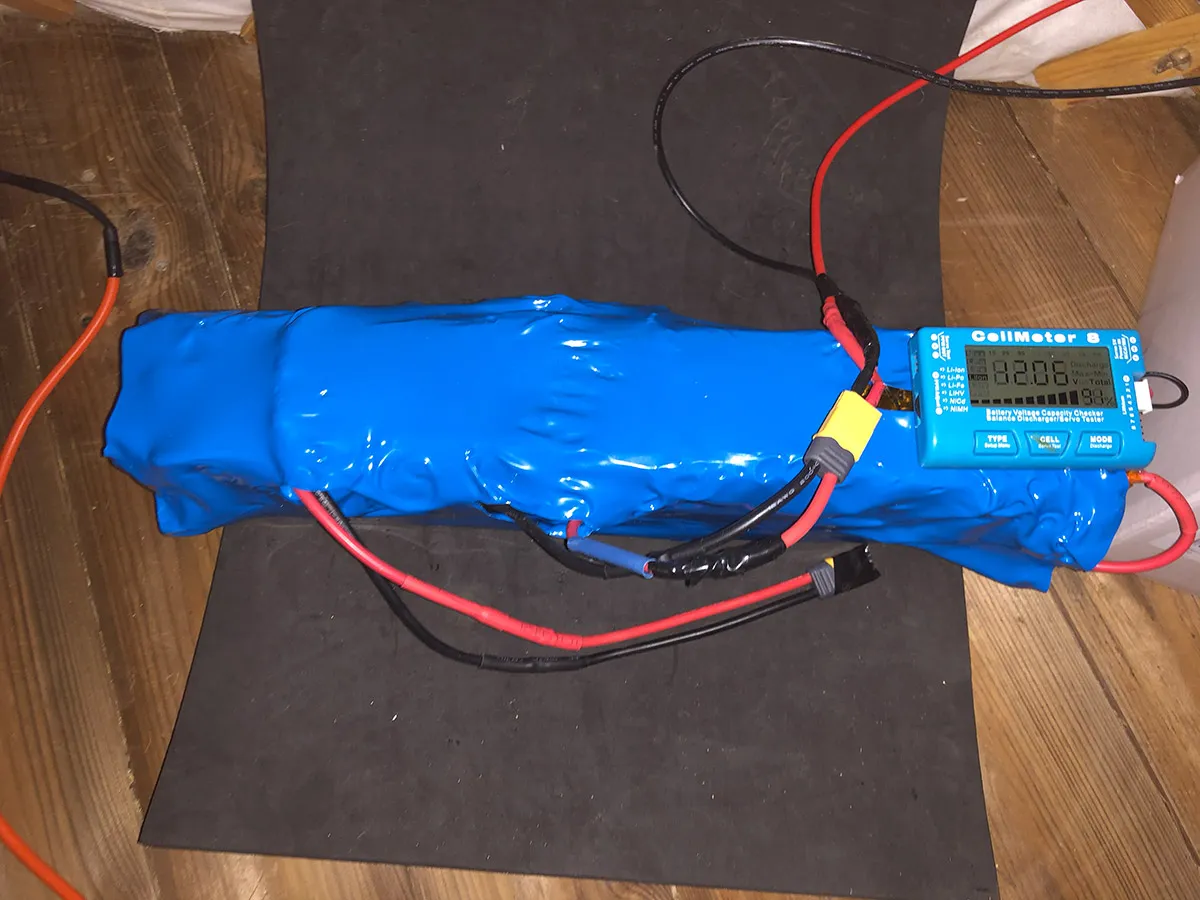
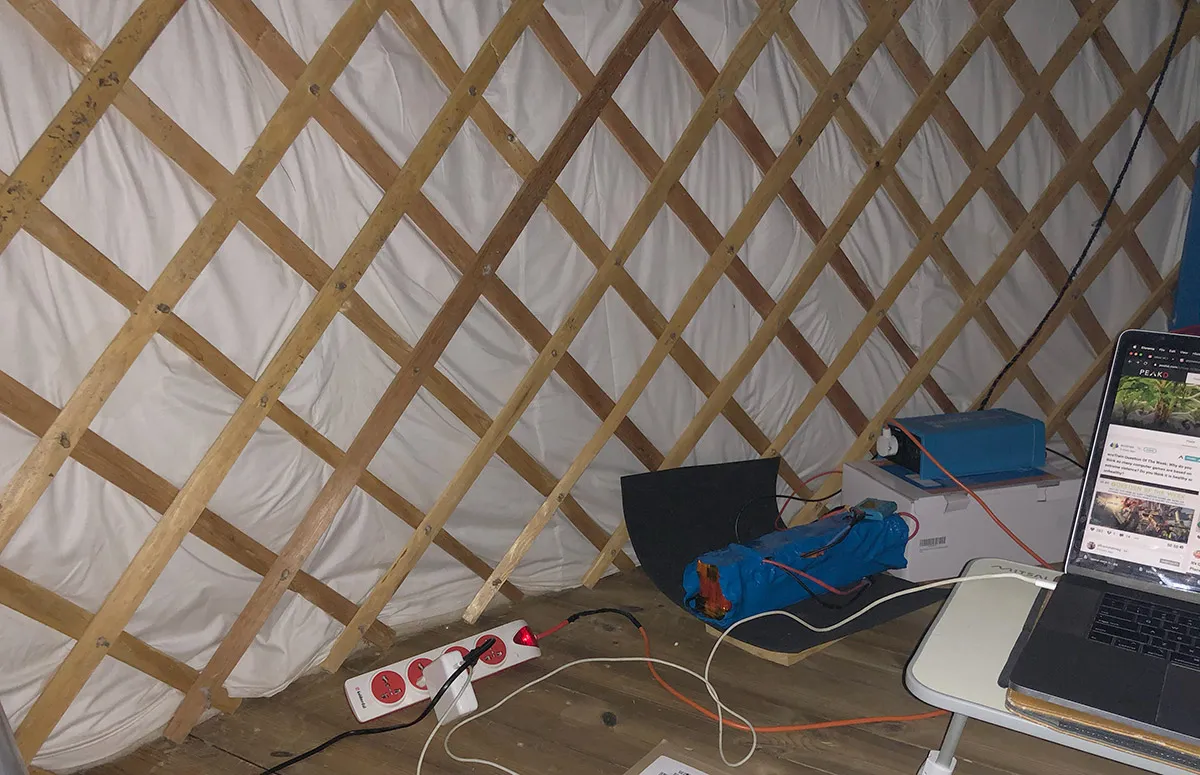
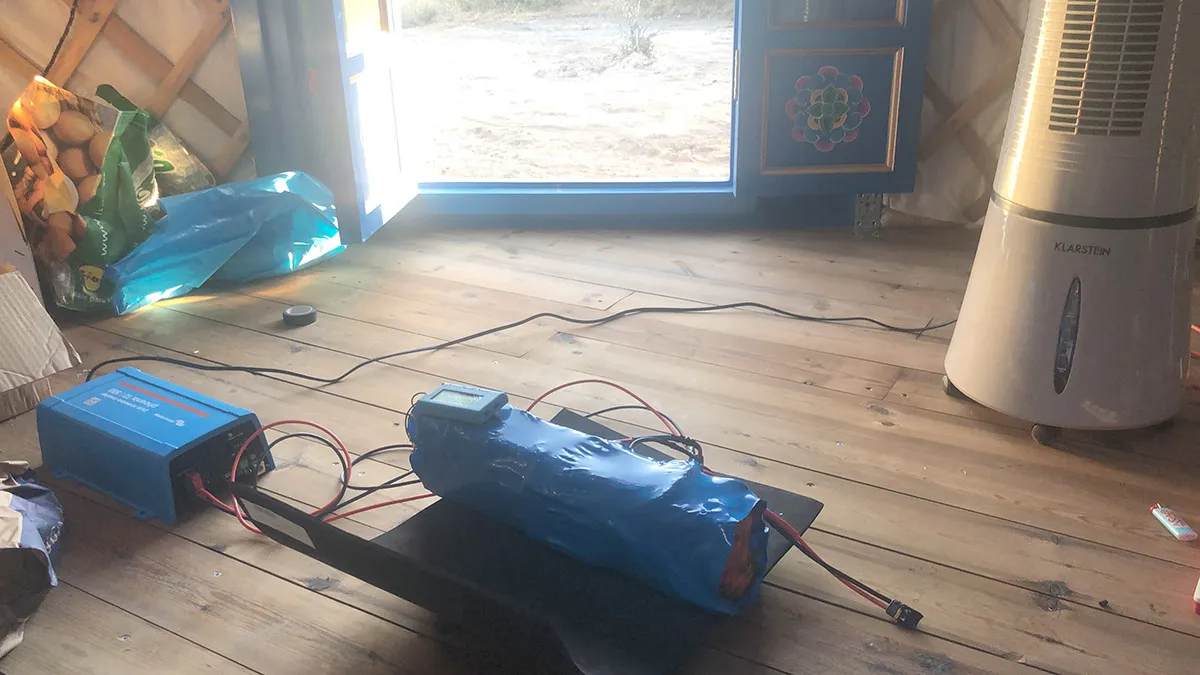

@ecoTrain
Supporting People Who Help
Make The World A Better Place

** Click Here To View Our Community Page
Click Here To View Our Blog Page **
CLICK HERE TO SUBSCRIBE TO THE ECOTRAIN COMMUNITY